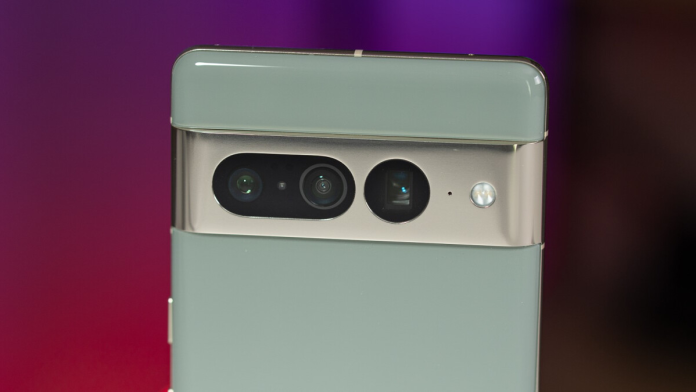Google’s Pixel line has received praise for its camera since it debuted.
For years, Google only used 12MP sensors, but things began to change when the 50MP Pixel 6 and Pixel 7 cameras debuted two years ago and used the same 50MP Samsung ISOCELL GN1 sensor.
What’s New?
Google is reportedly planning a significant upgrade for the Pixel 8, which will be released soon.
Since the initial Pixel, “HDR+,” Pixel was one of the first to adopt, has been a feature shared by the whole Pixel lineup.
However, the Pixel 8 would step things up by introducing a staggered HDR, which also denotes a new sensor.
According to Kuba Wojciechowski, who examined Google Camera Go’s source code, the Pixel team at Google has been experimenting with “staggered HDR” in preparation for its release in 2023, most likely alongside the Pixel 8.
What’s More?
For those unaware, the Pixel smartphone’s HDR+ feature shoots several photographs with a short exposure time.
However, starting with the Pixel 5, Google adopted a new type of HDR+ called HDR+ with bracketing, which takes five short exposures even before the shutter is clicked, then takes one long exposure, stitching all the shots together to give the final shot and enhancing the colors, textures, and dynamic range.
Now that staggered HDR is in use, the camera quickly snaps three exposures—short, medium, and long—before combining all the images into a single picture.
Digging Into More Details
You would notice less blurriness and a more comprehensive dynamic range, to put it simply.
Staggered HDR has been around for a while; the Snapdragon 888, which debuted in 2020, was the first smartphone chipset to support it.
However, before Samsung ISOCELL GN2, there had not been a camera sensor that offered staggered HDR, hence the 50MP ISOCELL GN2 sensor would be used in the Pixel 8 and Pixel 8 Pro instead of the GN1 sensor.








